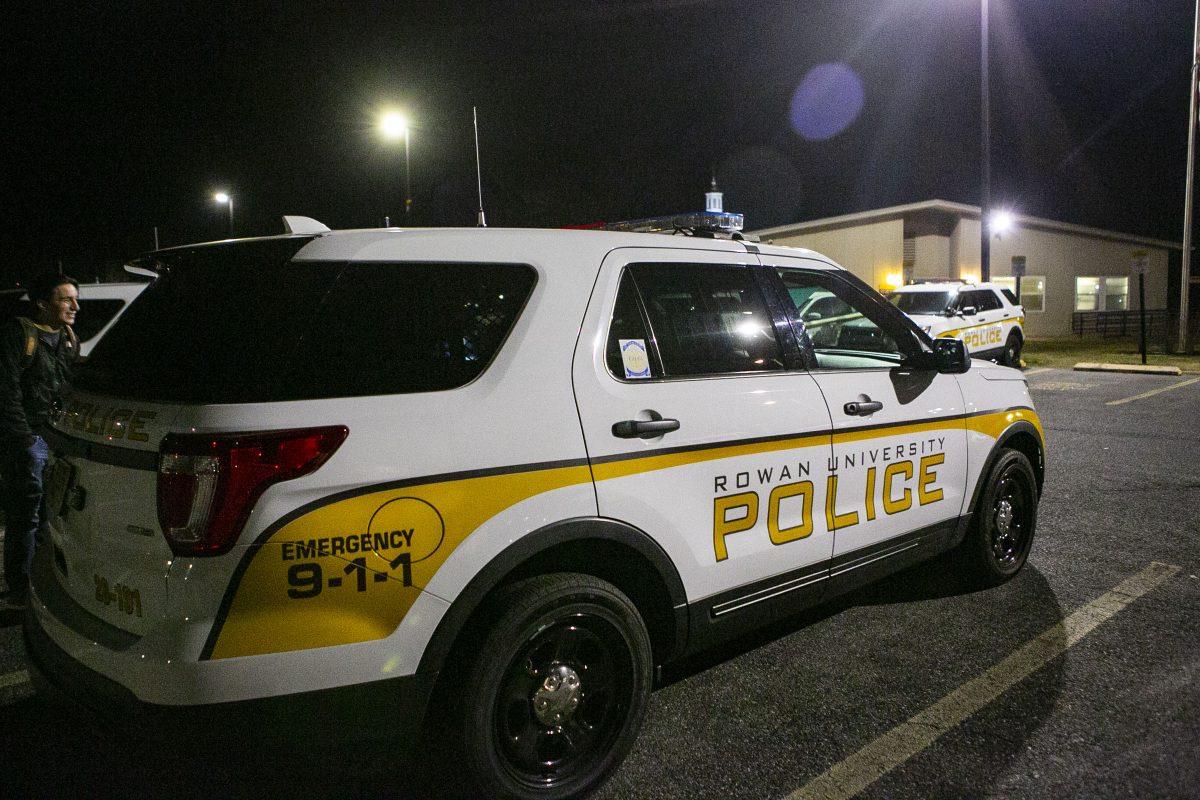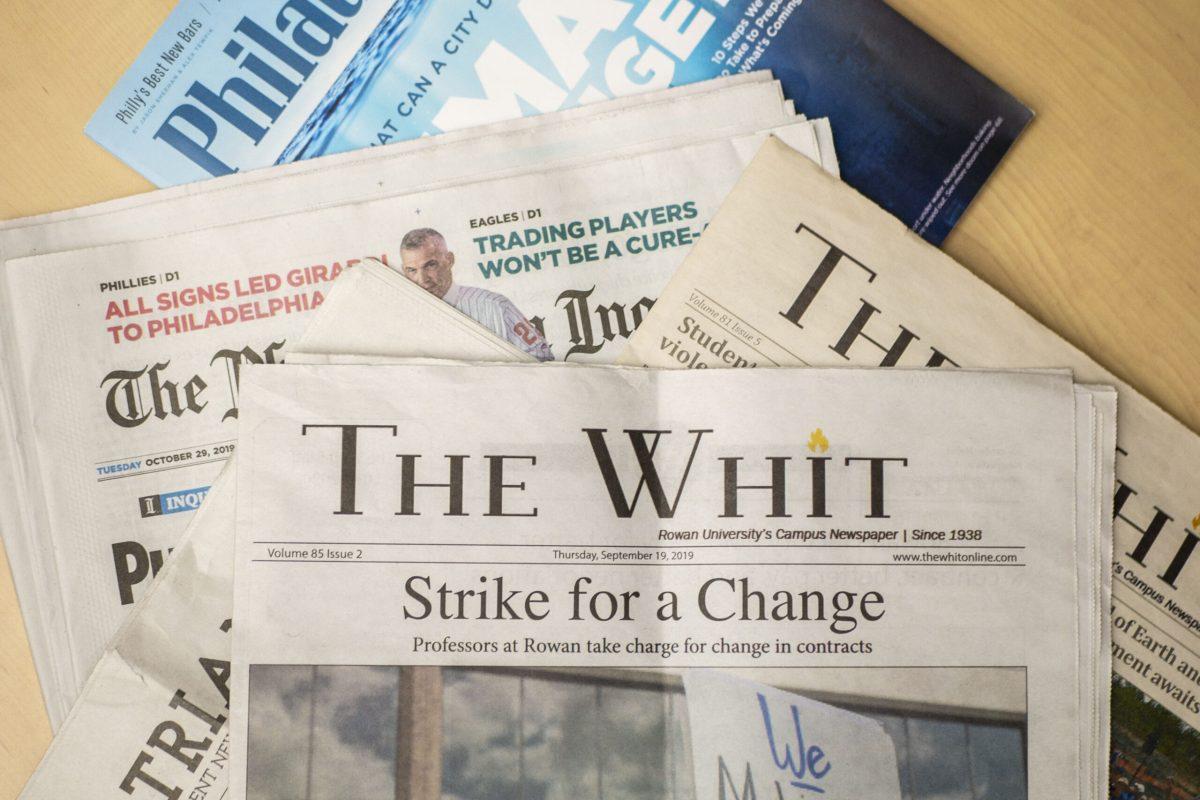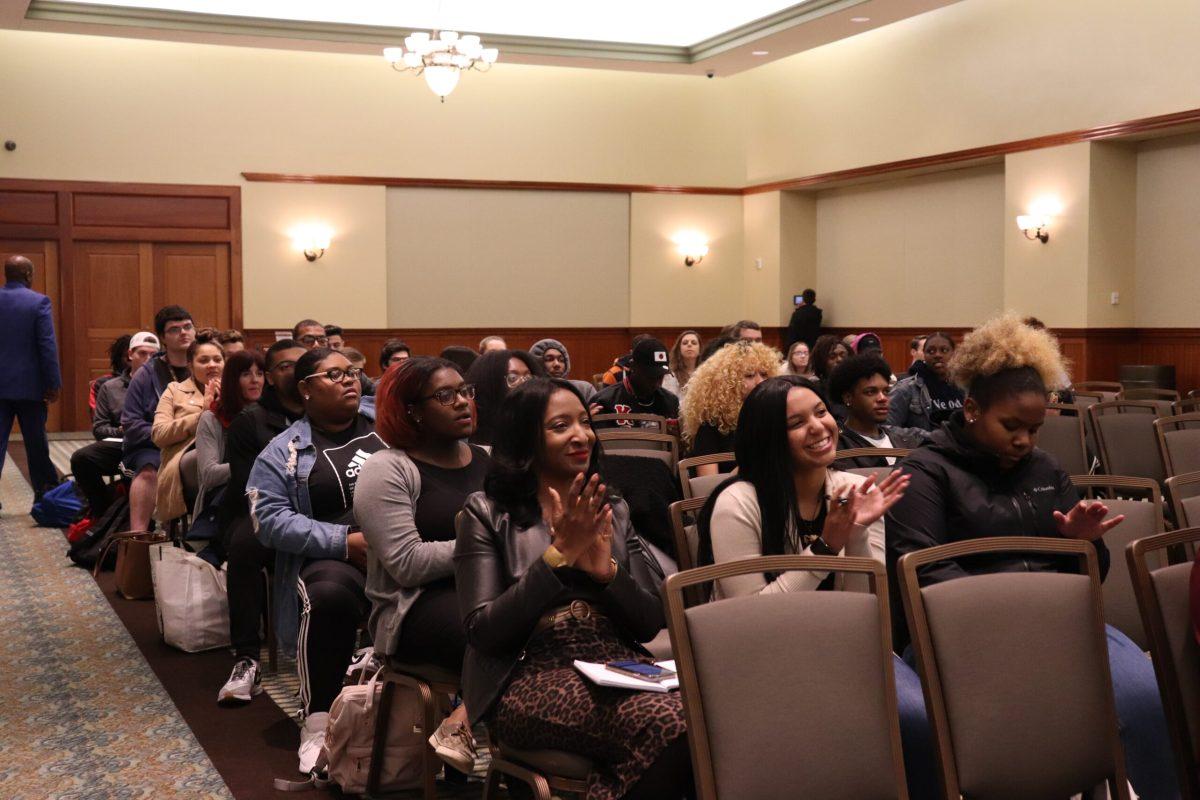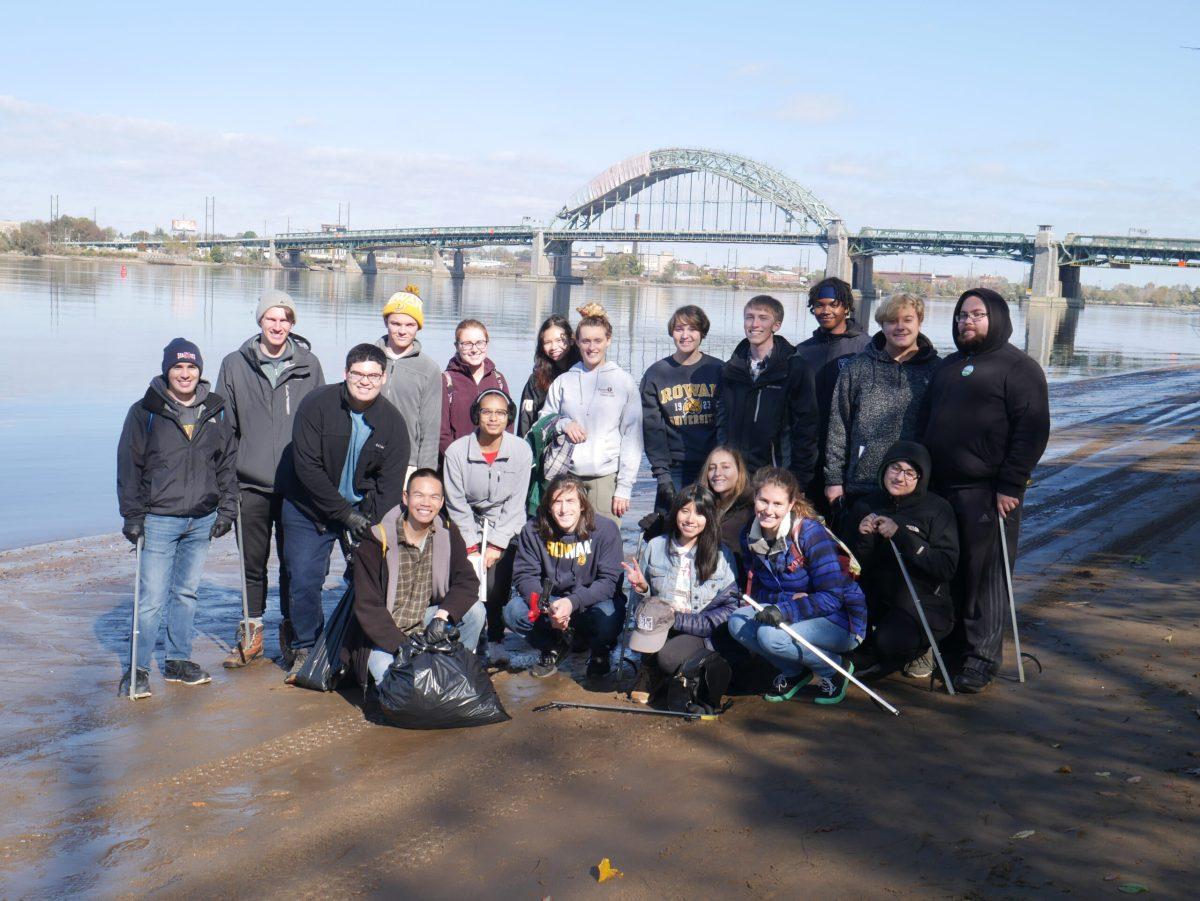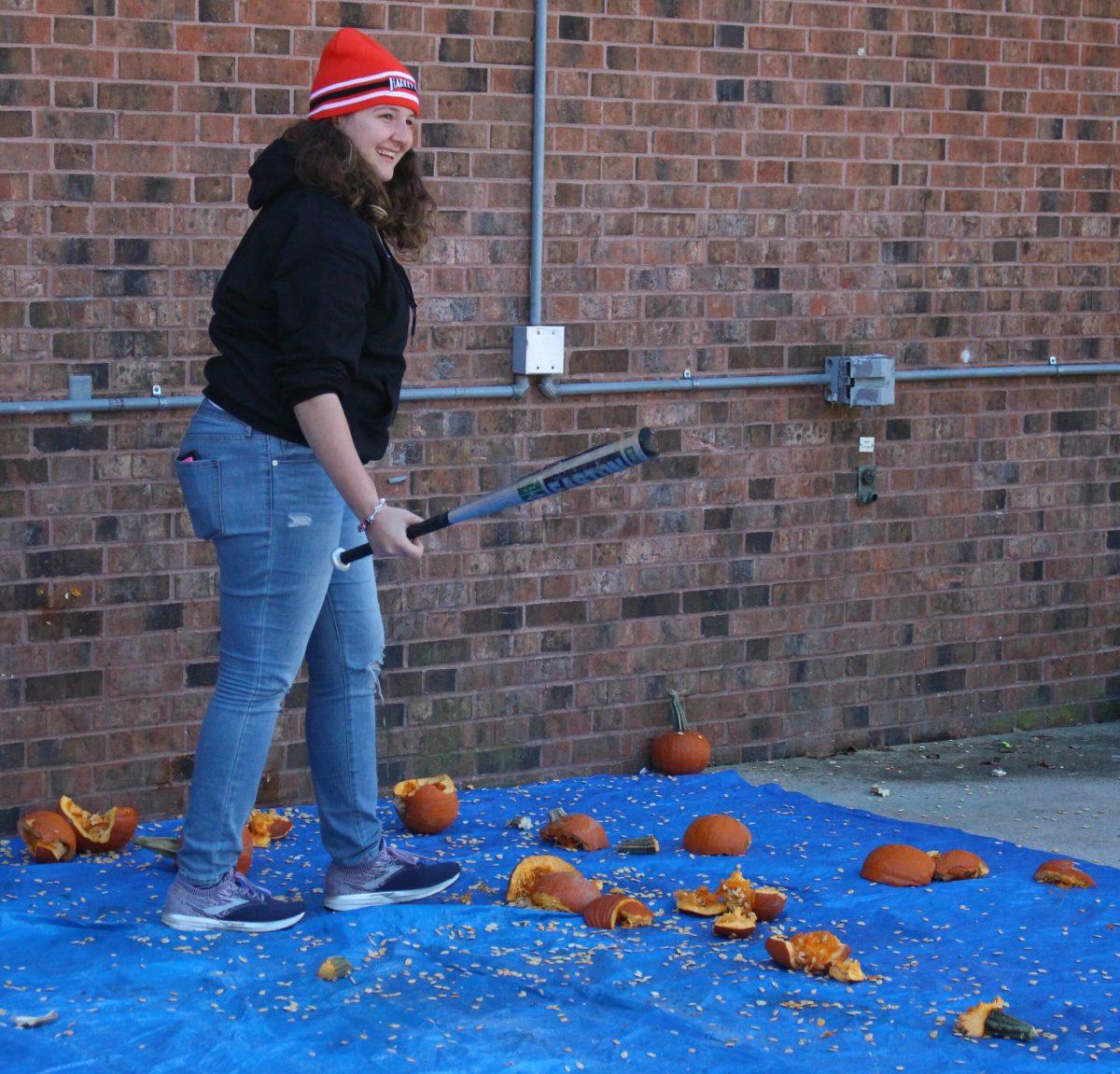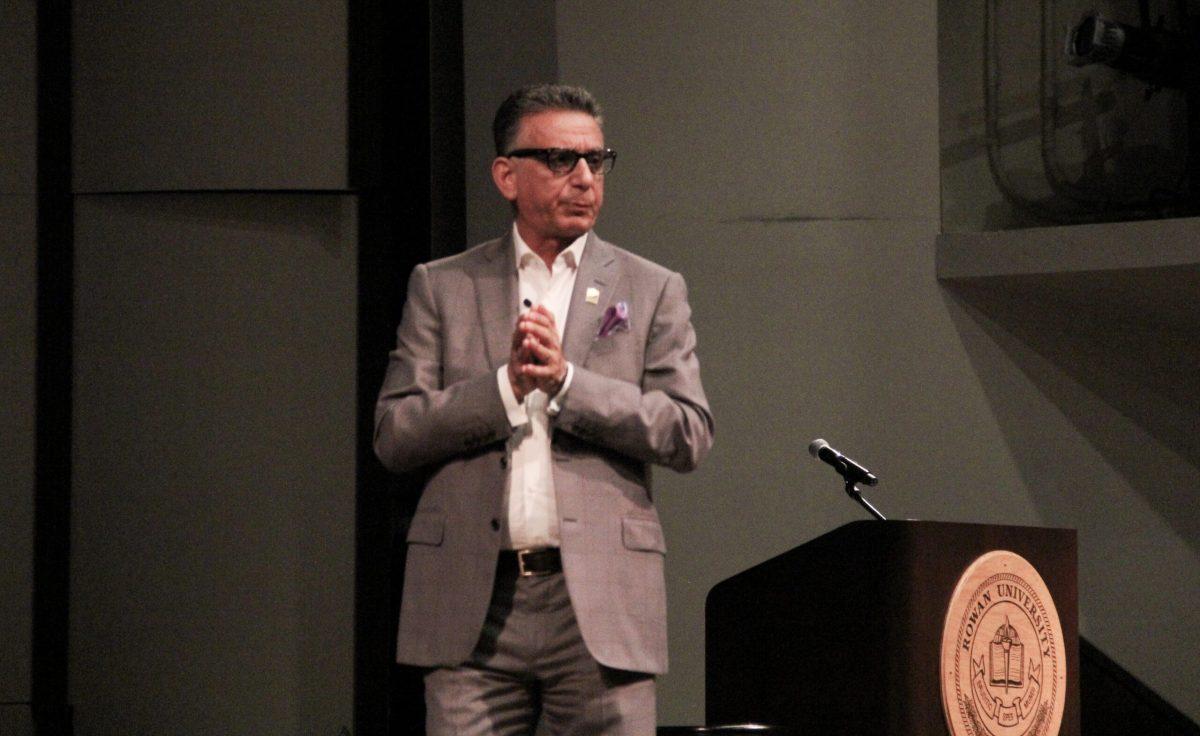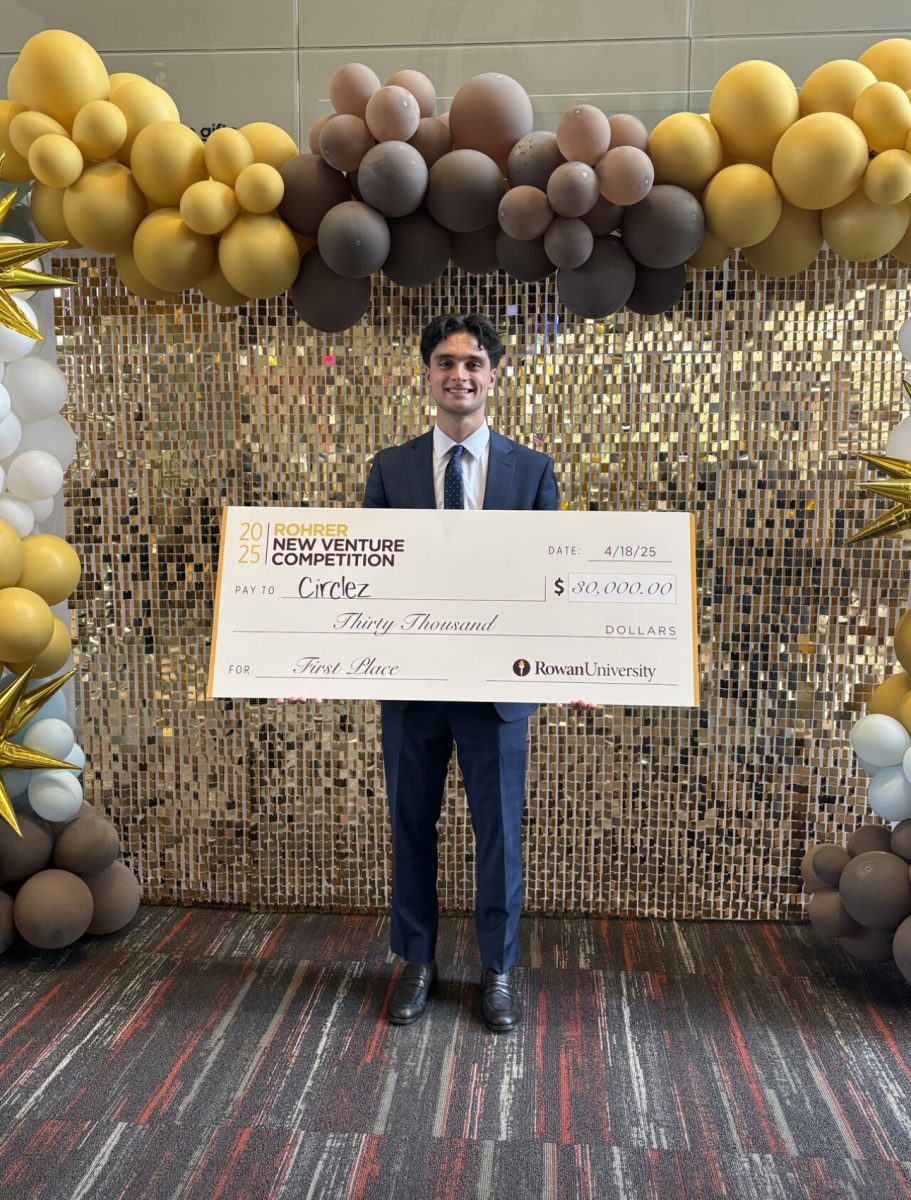Students from Rowan University carried signs and chanted as they marched for women’s rights in Washington, D.C. and Philadelphia.
On Saturday, more than a half million people rallied for women’s rights in D.C. A Facebook post by a Hawaiian retiree the day after the 2016 election inspired the planned 200,000-person march that became a worldwide protest with 600 sister marches in several different countries.
One of the sister marches took place in Philadelphia, where 50,000 people made up a crowd that was originally expected to be only 20,000 people in size. Groups of students from Rowan marched in both cities.

Roommates Moira Cunningham and Kaitlyn Gaffney left for Washington at 5:20 a.m. with a group of peers. They arrived at 10 a.m. and stayed for the rally and march, but Gaffney said it was so packed that they didn’t make it all the way to the White House.
“The crowds weren’t a nuisance so much as they were evidence of the movement we were part of,” Gaffney, a sophomore writing arts and international studies major, said. “[It was] a truly historical (sic) and memorable event.”
Gaffney wore a shirt that read “No means f**king no” and held a sign that said “Feminism is inherently intersectional and inclusive.” She said she joined in chants of “This is what democracy looks like,” and “My body, my choice.”
Gaffney hopes for an improved sense of “hope, camaraderie and unity” for women as a result of the march.
“In the shadow of a political climate and administration that may not be our best advocate, we stand united, strong and forward-minded,” she said. “The resistance will continue.”
“we stand united, strong and forward-minded…The resistance will continue,” – Kaitlyn gaffney
Both Gaffney and Cunningham were moved by the speakers, especially singer Alicia Keys, as well as the Mothers of the Movement, a group made up of the mothers of police brutality victims.
“These women stood on stage with immense courage to speak up for their babies and fight for their justice,” Cunningham, a sophomore English and education major, said.
Cunningham said she marched for “all of the underrepresented women in our society,” using the “massive platform” that was the march to “fight against” oppression.
“Due to the state of our government and new elected officials, the reproductive, marriage and civil rights of women are at stake,” Cunningham said.
Senior public relations and communications major Briar Gibbons left South Jersey at 6 a.m. with a group of co-workers. When she got to the rally, she found the energy of the crowd to be “electric.”
“There were people as far as the eye could see,” she said.
Wearing a shirt that said “Nasty women keep fighting,” Gibbons joined in the march towards the White House where she said people were throwing their signs onto the lawn.
“I believe in civil rights and the Trump administration is threatening that,” Gibbons said. “No one should tell me what to do with my body. No one should tell members of LGBTQIA (Lesbian, Gay, Bisexual, Transsexual, Queer, Intersex, and Asexual) who to love or how to live.”
Gibbons, a “self-proclaimed feminist,” said she felt like a fire was lit as a result of the march.
“I hope it sends a message to the government that we are angry and scared. I hope it lights the fire in some people that didn’t have that fire before,” she said.

Junior journalism major Andrew Turco and sophomore sociology and anthropology major Brittany Metz went to the Philadelphia rally.
Turco spent the day taking photos of a crowd he called “peaceful.”
“Every time I accidentally bumped into someone while taking pictures, it was all smiles and love,” he said.
Turco was surprised at what he perceived to be a diversity of race and gender, even seeing men and children holding signs. He also noticed that many were holding signs that supported issues other than women’s rights, including “Black Lives Matter” and “Protect the environment.”

Metz said it was “liberating” to see people of all ages involved in protests about climate change, women’s rights or the election. Metz, who has a minor in environmental issues, was especially glad to see signs acknowledging climate change.
“Many people were holding up signs that were handmade,” she said. “It was incredible to see the amount of effort people put into these signs.”
Metz hopes the march showed that she and other protesters were not afraid to “resist.”
“We have a voice,” she said.
For comments/questions about this story, email [email protected] or tweet @TheWhitOnline.

























































































































































!["Working with [Dr. Lynch] is always a learning experience for me. She is a treasure,” said Thomas. - Staff Writer / Kacie Scibilia](https://thewhitonline.com/wp-content/uploads/2025/04/choir-1-1200x694.jpg)









































